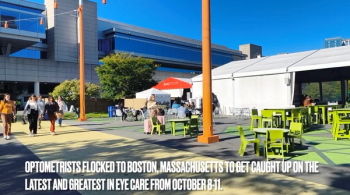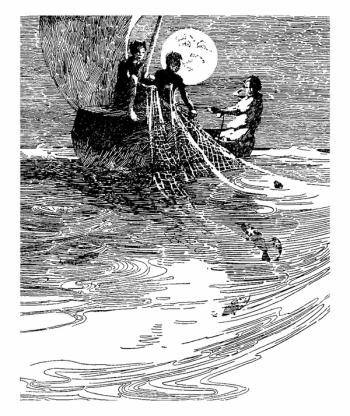
AOA 2023: 3-layer amniotic membrane successfully treats severe case of keratoconjunctivitis sicca
Erich A. Hinel, OD, MS, FAAO, Dipl ABO, discusses the use of 3-layer amniotic membrames to treat severe keratoconjunctivitis sicca, severe dry eye, and ocular surface disease.
Erich A. Hinel, OD, MS, FAAO, Dipl ABO, met with Optometry Times to talk about his poster, "Successful management of severe keratoconjuntivitis sicca with a 3-layer decellurized, dehydrated human amniotic membrane graft," at AOA in Washington, DC.
Video Transcript
Editor's note: This video has been lightly edited for clarity.
Erich A. Hinel, OD, MS, FAAO, Dipl ABO:
My name is Erich Hinel. I'm a consultant optometrist and residency director at the Cincinnati Eye Institute. I presented a case at the AOA poster session of [the] novel use of a 3-layer amniotic membrane to treat a severe case of keratoconjunctivitis sicca.
I hope all optometrists took away from this poster presentation that in these cases of severe keratoconjunctivitis sicca and severe dry eye and ocular surface disease, that these patients are amendable and can see improvement in their clinical signs and symptoms with the use of amniotic membranes. In particular, this 3-layer, dehydrated amniotic membrane, a new one from Verséa Ophthalmics, really has the qualities to be a good hybrid membrane between the classic dehydrated membrane and the cryopreserved membrane, which handles quite nicely and has great therapeutic benefits.
We all have those patients that have severe dry eye that we've tried multiple therapies on, whether it be topical cyclosporine or lifitegrast. We've used punctal plugs and bandage contact lenses. In this case, we've tried all those things and this patient did not improve. Even with a bandage contact lens, the keratitis persisted. The stepwise therapy and additional therapy we used in this patient was to place this new novel 3-layer, dehydrated amniotic membrane on the eye, and the patient had significant improvement after just 2 weeks. The visual acuity improved dramatically from like 20/120 down to 20/30 and the keratitis completely resolved. This patient was then very happy and was maintained on therapies of autologous serum tears and maintained the clinical benefit that they received from the amniotic membrane.
Dry eye is a multifactorial disease that often needs multiple therapeutic interventions. We see a lot of this in our practice, and we all see these patients who sometimes don't seem to get better with 1, 2, or 3 therapies. I think it's important that in our clinical practice that we're employing multiple therapies to treat these really severe dry eye patients. Amniotic membranes is something that I think all optometrists should be familiar with and be able to employ in their practice to help treat these patients.
Newsletter
Want more insights like this? Subscribe to Optometry Times and get clinical pearls and practice tips delivered straight to your inbox.


















































.png)


